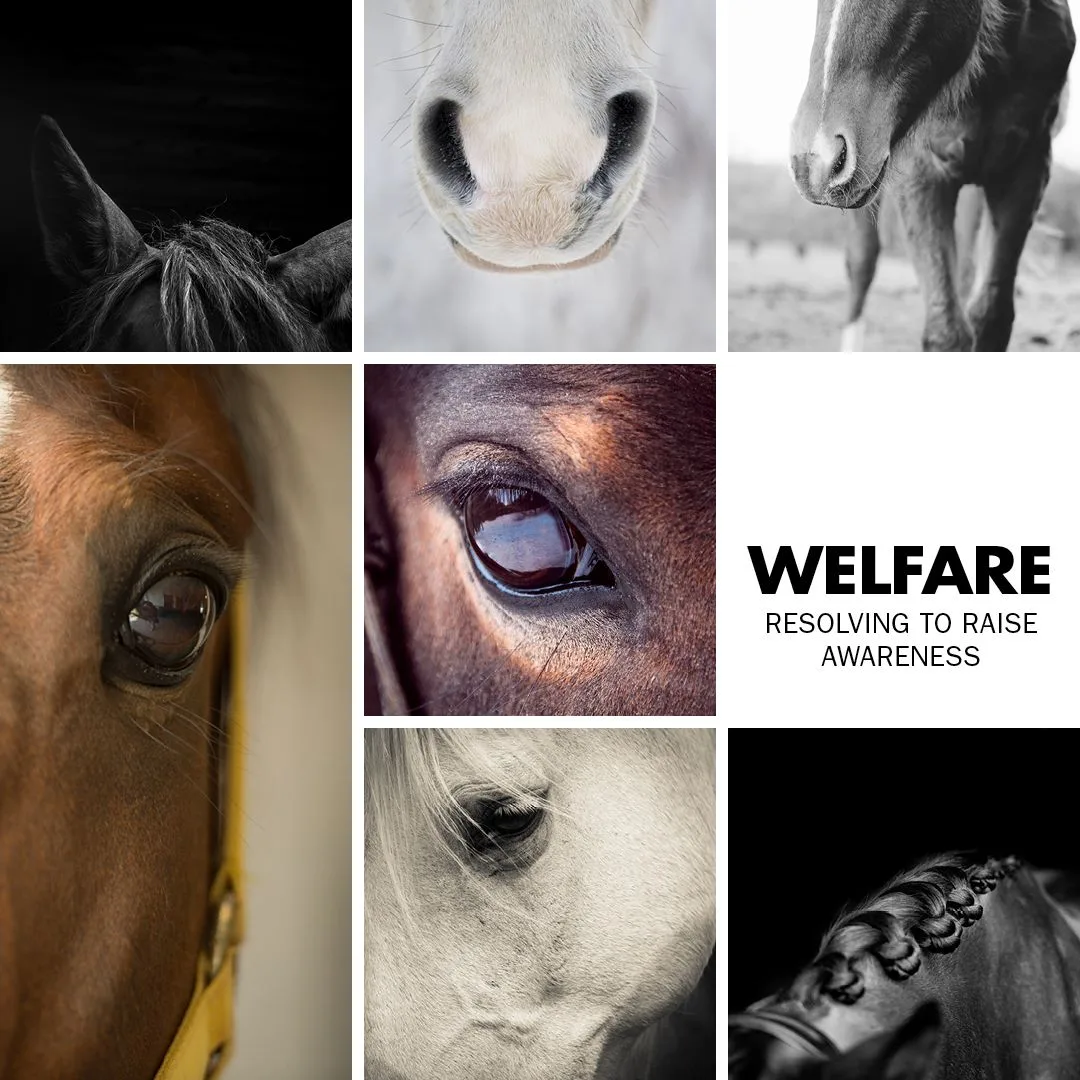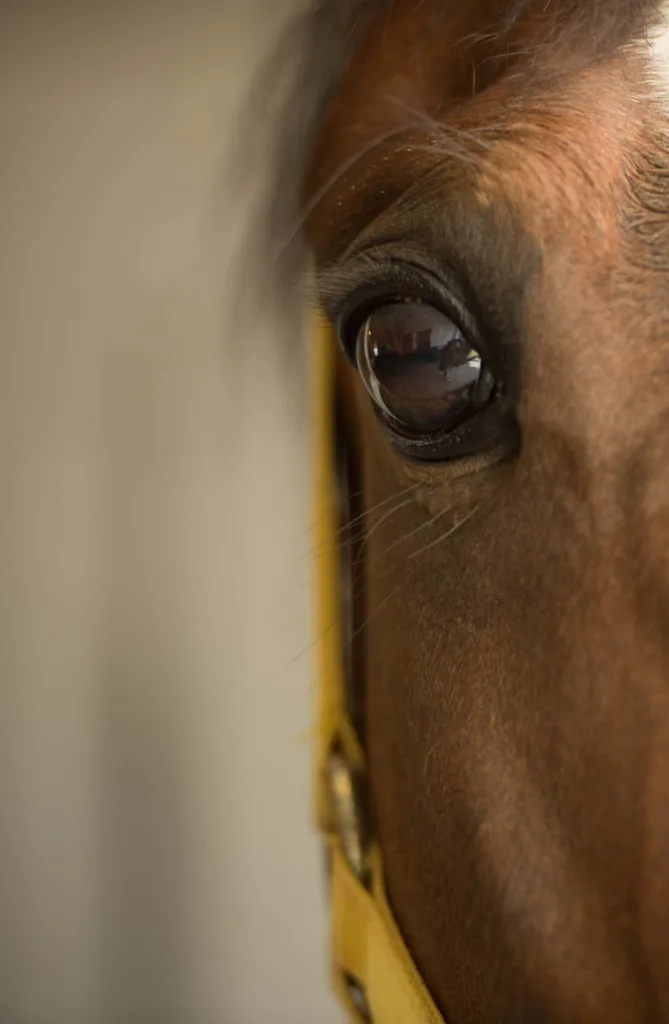Text: Amelia Campbell-Horne
Another of our resolutions is raising awareness of the global hot topic of equine welfare. Equine welfare issues have received extensive news coverage on the international competitive scene, with elite-level dressage under the greatest scrutiny after Charlotte Dujardin’s video and Andreas Helgestrand’s ban following the Operation X Documentary.
We are under no illusion that infringements on horse welfare are unique to Europe, elite levels or one discipline, and the publicity and ‘social buzz’ around these recent events in Europe has raised important questions and concerns that need to be addressed by the global equestrian community. This brings us to consider ‘the Social License to Operate’ for equestrian sport.
SLO
Social License to Operate (SLO) is a term that has become synonymous with the topic of ‘equine welfare’ and equestrian sport, especially in the Western world. From a business perspective, ‘SLO’ is a term used to describe the likelihood that an industry, company, or project will continue to receive support from the local community based on its environmental and social impact.
In relation to equestrianism currently, the public generally accepts the equine sport and the role of horses in it, which allows the industry to continue to function with few restrictions, so we currently have an SLO. However, if public opinion swings, this could result in legal restrictions for the sport (perhaps affecting certain disciplines more than others) and, in the worst-case scenario, result in a ban on equestrian sport.
Due to the recent negative publicity, the high-risk nature of our sport, and the changing societal views on using animals for entertainment, the equestrian SLO is under increasing scrutiny.
As a result, the equine industry needs to be proactive in prioritising animal welfare, communicating transparently with the public, and educating those involved in the sport and the general public through evidence-based research.
Various equine sporting bodies, national bodies, and federations have taken a proactive stance and are implementing an array of tactics to ensure that we can maintain our SLO. The FEI, in 2022, appointed an Equine Ethics and Wellbeing Commission that was ‘was tasked with addressing societal concerns about the use of horses in sport and creating a blueprint to future-proof equestrian sports, as well as providing independent advice and recommendations to the FEI to ensure equine welfare is safeguarded through ethical, evidence-based policy and practices.’
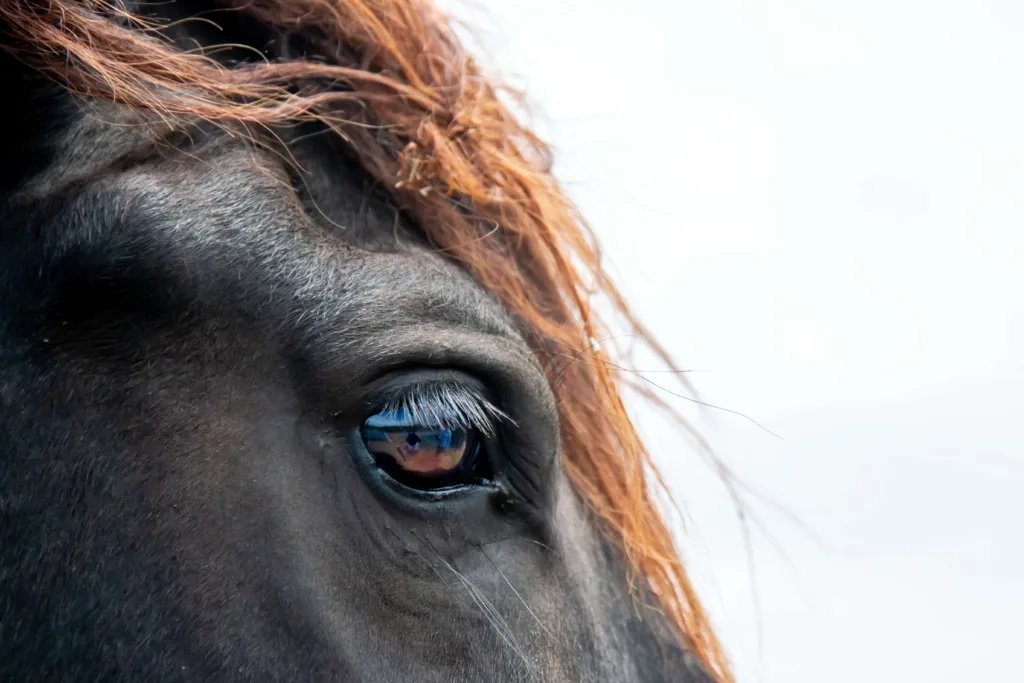
Did you know?
In 2023, a review of horse welfare literature[1] (from 1980-2023) was conducted, which found that equine welfare research literature had grown exponentially in recent years, especially in Europe, with most studies focused on equine pain, stress and equitation. However, there are still significant gaps in equine welfare research.
E-BARQ
With regards to the SLO, equitation-based research is a key focus, and the University of Sydney (Australia) has recently developed The Equine Behaviour Assessment and Research Questionnaire (E-BARQ). The E-BARQ aims to gather data from around the world on the ‘domestic equine triad of training, management and behaviour’, thereby investigating how training and management affect behaviour and, ultimately, equine welfare.
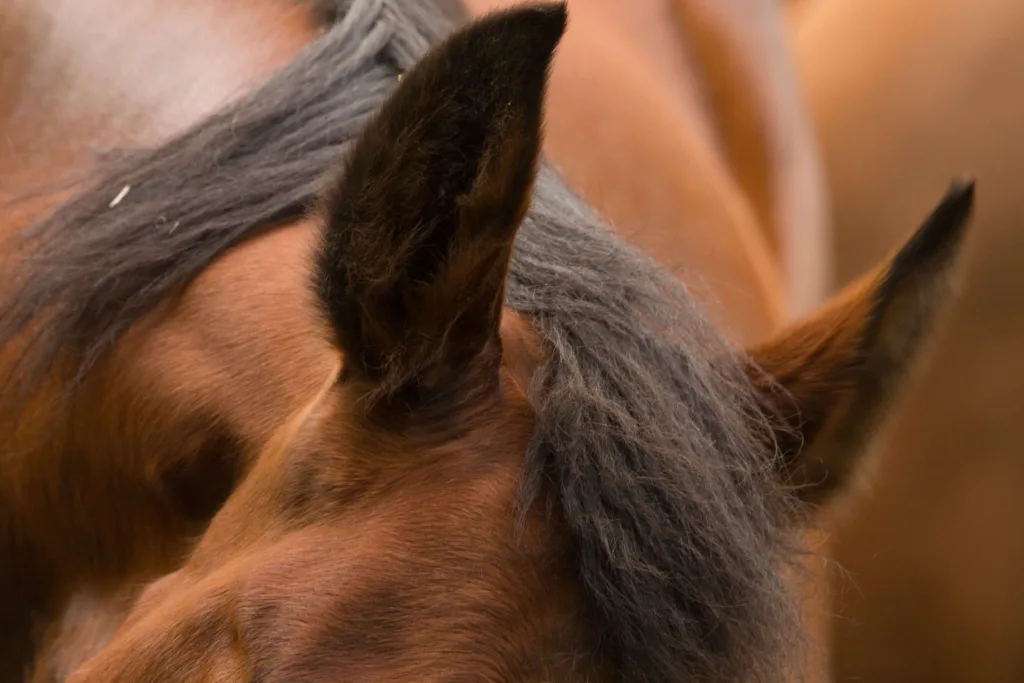
Did you know?
The E-BARQ has been scrutinised by various expert researchers [2], and found to be a valid and reliable standardised behavioural assessment tool for horses.

The data collected has already resulted in a plethora of published evidence-based research on topics such as whether the sex of the handler has an impact on horse behaviour, whether the number of different riders affects a horse’s responsiveness and whether certain in-hand behaviours can be predictors for dangerous behaviours under-saddle (people backing horses take note!).
Did you know?
Horses ridden or handled by males were found in the research to be more likely to be difficult to catch and defensive when approached but less likely to pull on the reins/brace the neck, or toss their head.[3]
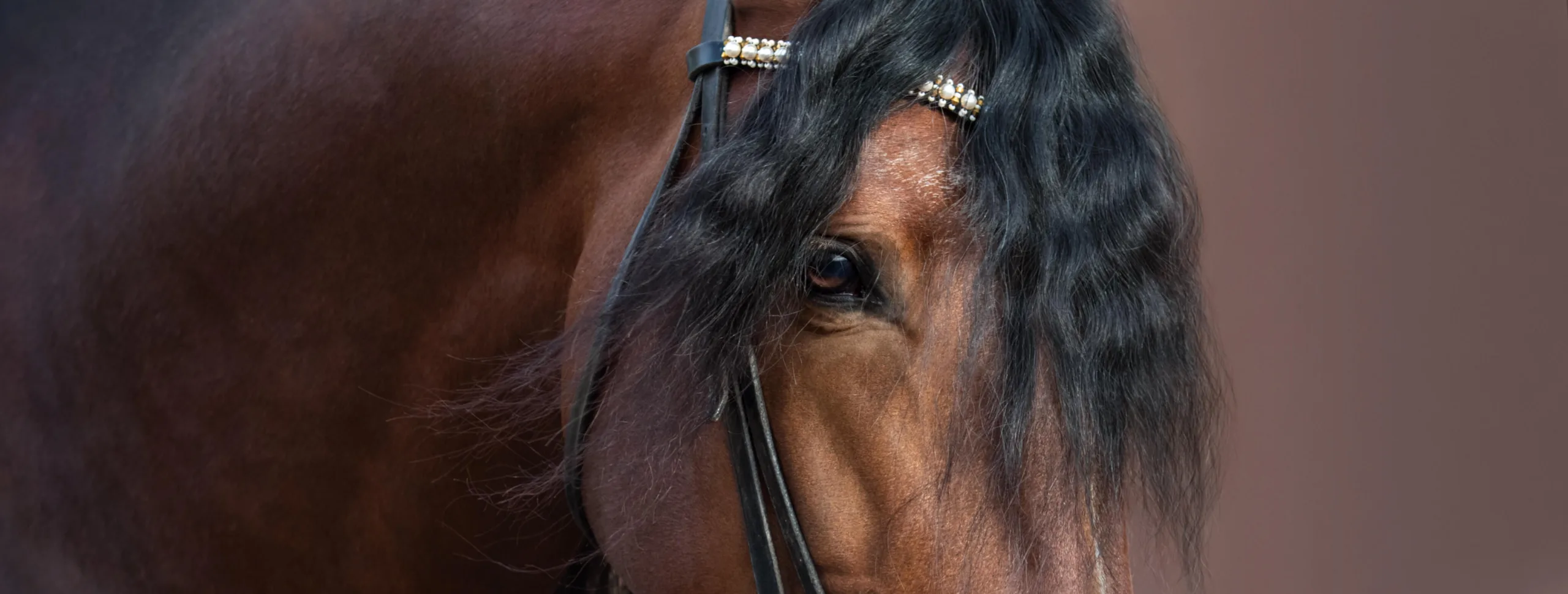
As a not-for-profit citizen science project, the E-BARQ gathers information for research purposes and provides various opportunities for individuals who own or handle horses to educate themselves about their practices and equine interactions.
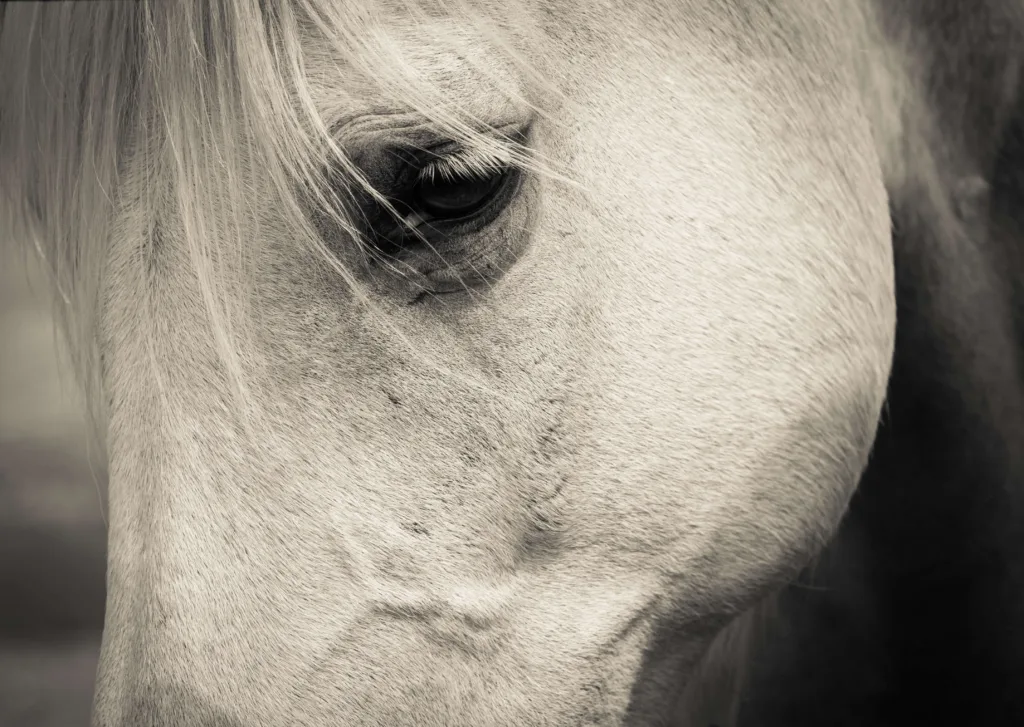
Did you know?
According to the research, there is a correlation between the number of riders/handlers and the horse’s response to acceleration and deceleration queues; the more riders, the less responsive horses are to both[4]!

The questionnaire can be completed by any horse owner or handler, regardless of their horse’s age, breed, size and use. All you need to do is create a profile on https://e-barq.com/ and fill in the questionnaire for each of your horses.
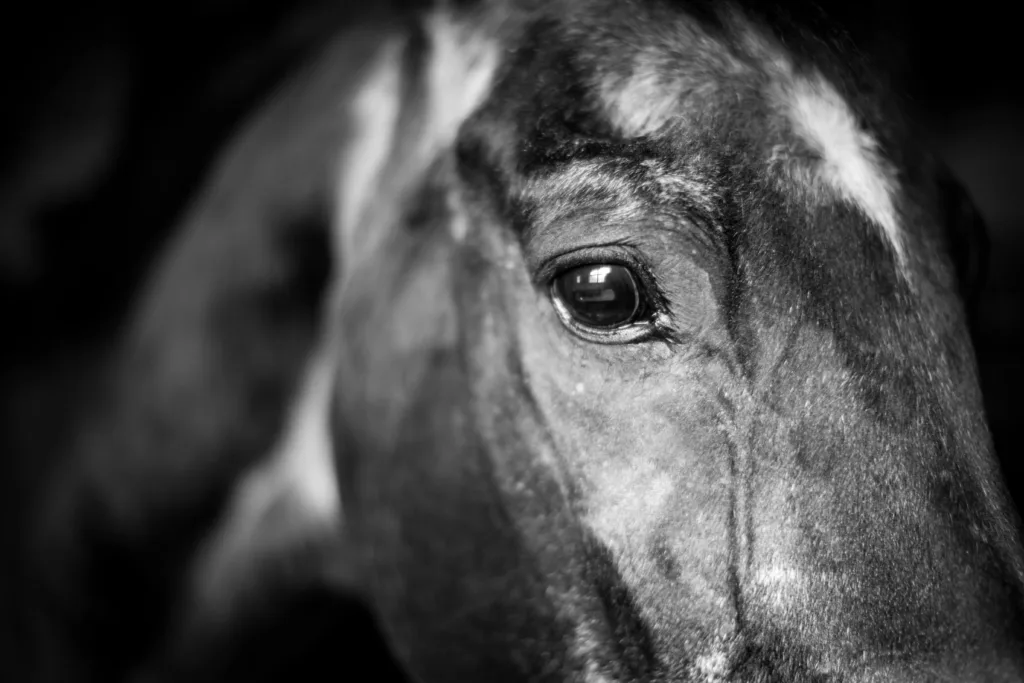
Fast fact
One of the questions under stress behaviour asks how frequently your horse dunks his hay in his water. Fascinatingly, hay dunking may actually indicate a medical problem related to gastrointestinal, dental, or respiratory health. Horses that feel uncomfortable or unsettled may dunk their hay to try to feel better. It is worth noting that hay dunking does not always signal an issue. For some horses, it is just a learned habit, but because it can suggest health issues, it is important to rule out pain and illness as a cause of the behaviour.
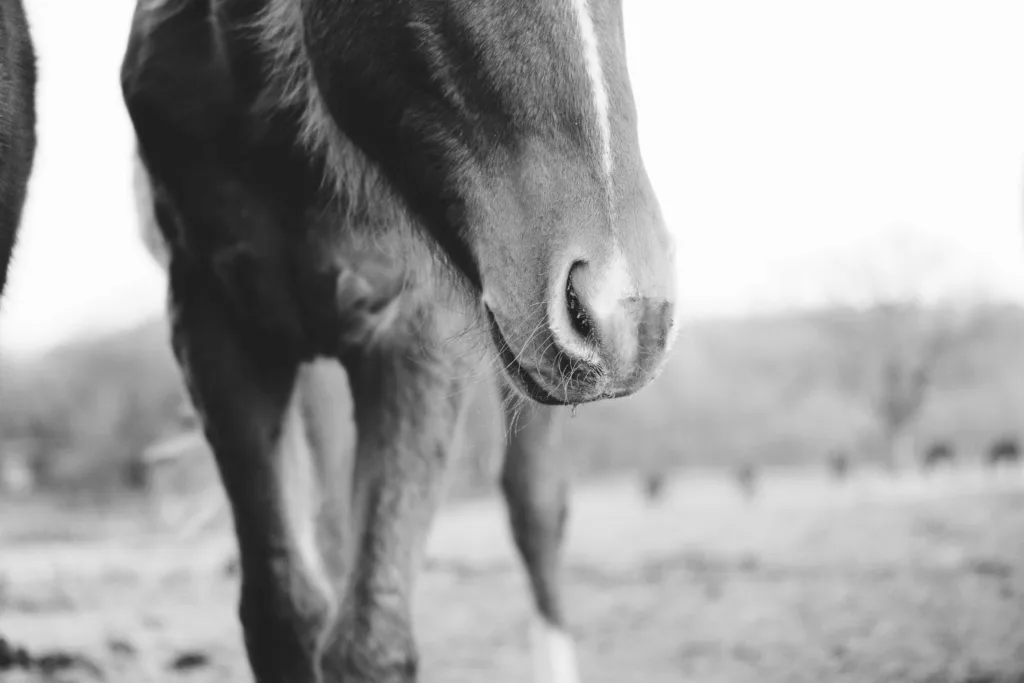
Once completed, the results are processed and illustrated on your profile, and you can compare your horse’s behaviour to each other’s horses and the horses of the E-BARQ population from around the world. The results are illustrated as scores out of four for categories that included rideability, trainability, independence, boldness and confidence, amongst others. Users can re-take the questionnaire repeatedly for each horse, thus collecting longitudinal data that can assist with evaluating how their horse’s training and management over time is reflected in their behaviour. The goal is to positively impact horse welfare in the long run.
We highly recommend that you complete the questionnaire! You may notice some interesting questions and learn something new about your horse. If you complete it for your horse, we would love to hear if you learn anything or if you would like us to discuss any topics in more detail in the magazine.
Stay tuned for our next welfare article, which will be in our February edition.
References
[1] Benedetti, B., Felici, M., Nanni Costa, L., & Padalino, B. (2023). A review of horse welfare literature from 1980 to 2023 with a text mining and topic analysis approach. Italian Journal of Animal Science, 22(1), 1095–1109. https://doi.org/10.1080/1828051X.2023.2271038
[2] Fenner K, Matlock S, Williams J, Wilson B, McLean A, Serpell J, McGreevy P. Validation of the Equine Behaviour Assessment and Research Questionnaire (E-BARQ): A New Survey Instrument for Exploring and Monitoring the Domestic Equine Triad. Animals (Basel). 2020 Oct 28;10(11):1982. doi: 10.3390/ani10111982. PMID: 33126670; PMCID: PMC7692587.
[3] Anzulewicz, A., Fenner, K., Hyde, M., Heald, S., Burattini, B., Romness, N., McKenzie, J., Wilson, B., & McGreevy, P. (2021). The Impact of the Sex of Handlers and Riders on the Reported Social Confidence, Compliance and Touch Sensitivity of Horses in Their Care. Animals, 11(1), 130. https://doi.org/10.3390/ani11010130
[4] McKenzie, J., Fenner, K., Hyde, M., Anzulewicz, A., Burattini, B., Romness, N., Wilson, B., & McGreevy, P. (2021). Equine Responses to Acceleration and Deceleration Cues May Reflect Their Exposure to Multiple Riders. Animals, 11(1), 66. https://doi.org/10.3390/ani11010066

